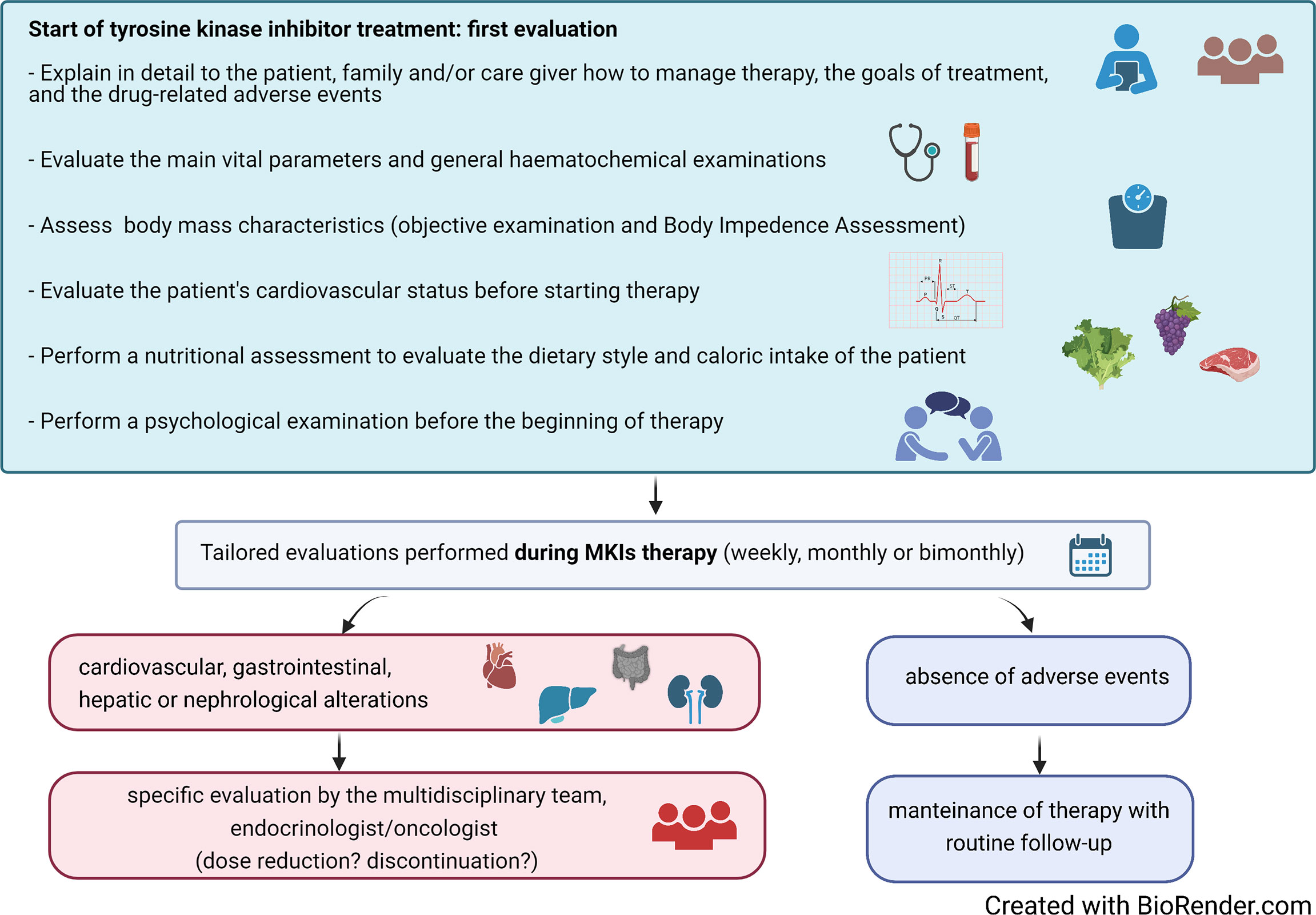Kinase Inhibitors Work in Cancer Autoimmune Diseases and Inflammation Biology Diagrams Mitosis checkpoint kinase (CHK) inhibitors (including LY2603618) These agents act on the mitotic process, a proven target for anti-neoplastic therapy. It will be important for the development of these agents to evaluate the potential advantages over available mitotic inhibitors. It is likely that patient selection will hold a key to

Kinase and BET inhibitors together clamp inhibition of PI3K signaling and overcome resistance to therapy Cancer Cell , 27 ( 2015 ) , pp. 837 - 851 , 10.1016/j.ccell.2015.05.006 View PDF View article View in Scopus Google Scholar Targeting the mitotic checkpoint for cancer therapy with NMS-P715, an inhibitor of MPS1 kinase. Cancer Res 2010; 70 : 10255-10264. Article CAS PubMed Google Scholar This was accomplished by combining CDK4/6i with additional CIN-inducing agents, including a bromodomain and extraterminal repeat (BET) inhibitor and mitotic kinase inhibitors. As the inhibition of many mitotic kinases is highly toxic, we identified Nima-related kinase 2 (NEK2) as a potential therapeutic target that could be combined with CDK4/6i.

The kinase PLK1 promotes Hedgehog signaling Biology Diagrams
This review aims to outline mitotic kinase inhibitors' roles as potential therapeutic targets and assess their suitability as a stand-alone clinical therapy or in combination with standard treatments for advanced-stage solid tumors, including triple-negative breast cancer (TNBC). Breast cancer poses a significant global health risk, with TNBC standing out as the most aggressive subtype In prostate cancers, the abundance of the tumor suppressor PDCD4 is inversely correlated with response to the antiandrogen (also known as an androgen receptor inhibitor) enzalutamide. Zhang et al. found that PDCD4 is repressed by the mitotic kinase PLK1, which enabled the activity of cell survival pathways that are androgen independent. In The development of mitotic kinase inhibitors came as an outgrowth of studies on the molecular mechanisms of the cell cycle in the 1990s [38-40], which promised the development of precise inhibitors of mitosis without the toxic sequelae of classical chemotherapeutics. Yet for all the initial excitement, mitotic kinase inhibitors have now been

Protein kinases are crucial targets for cancer treatment as they orchestrate important signals for oncogenesis and are often aberrantly activated owing to genomic alterations. In the past two

Discovery of Potent and Selective MNK Kinase Inhibitors for the ... Biology Diagrams
MNK activity is regulated by the p38 and Erk MAPK pathways. Phosphorylation of MNK leads to its activation and binding to the eIF4G/eIF4E complex. MNK then phosphorylates eIF4E at Ser209, whose activation is associated with oncogene translation, leading to tumorigenesis. Given this important role for eIF4E in tumorigenesis, MNK inhibition with novel small molecule inhibitors could be a

